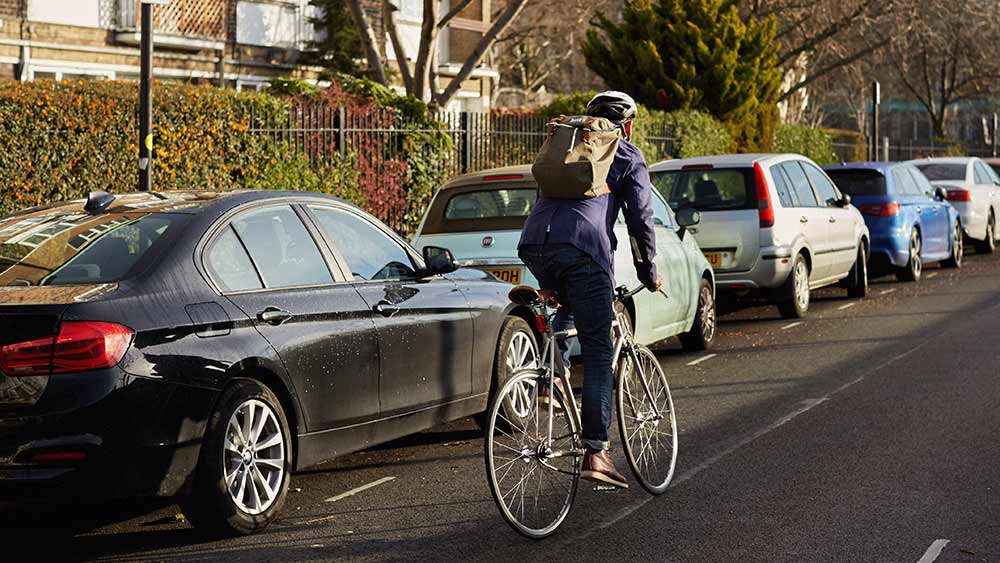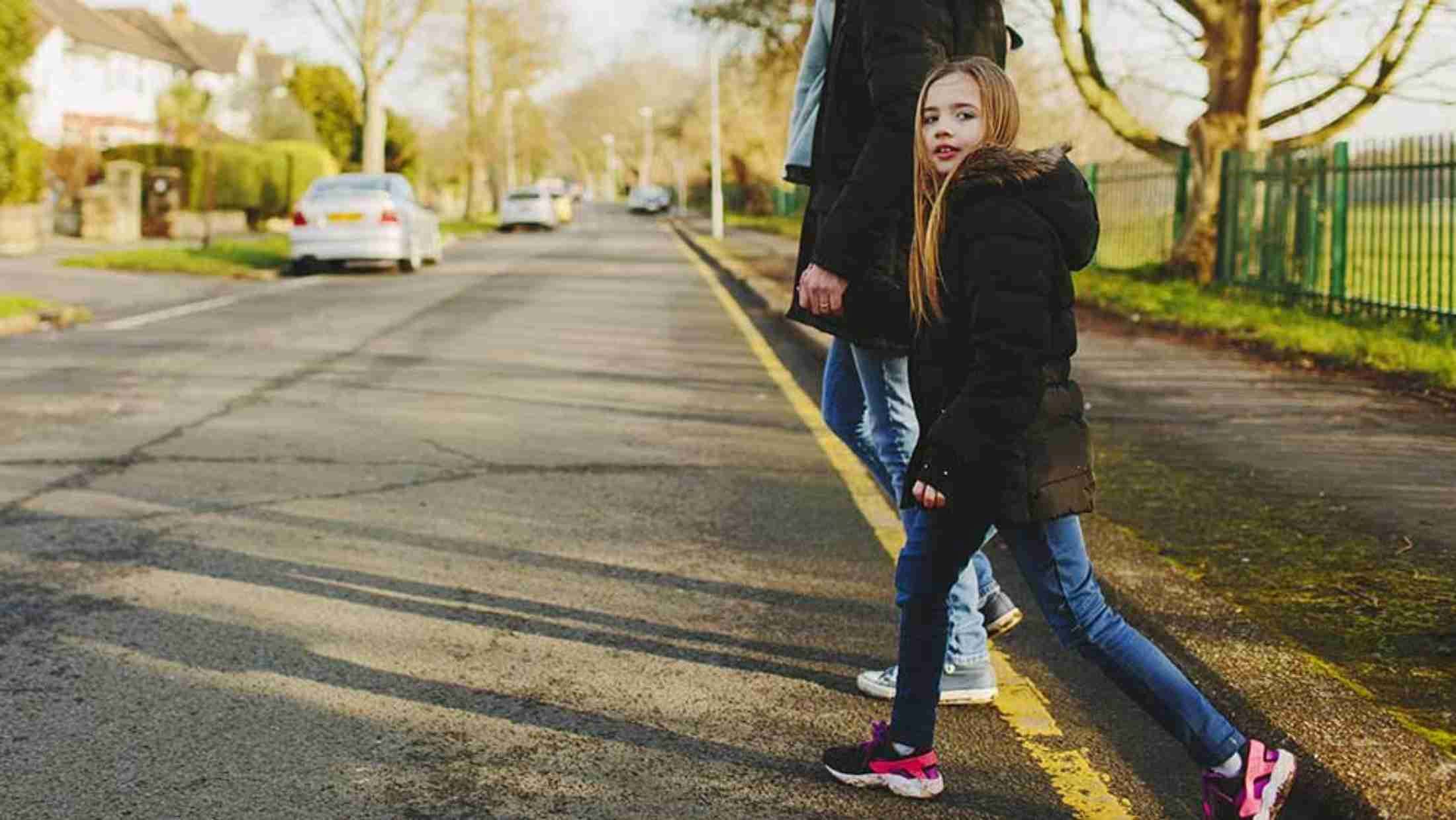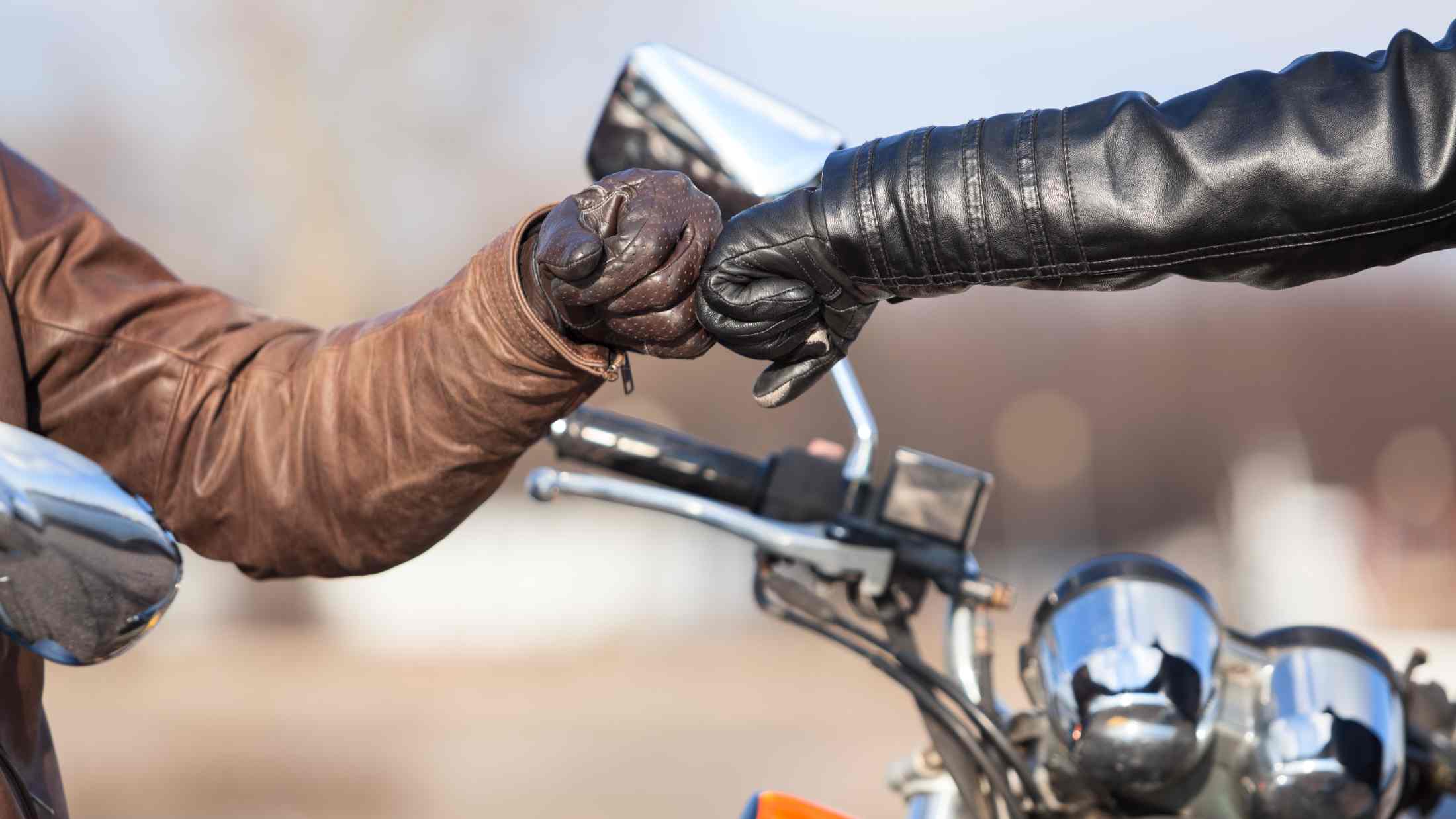According to the road safety charity Brake, every 22 minutes someone is killed or seriously injured on UK roads, with 5 people killed on average every day.
When experts ask why, one of the main causes is, yes you’ve guessed it - speeding.
According to the Royal Society for the Prevention of Accidents (ROSPA), speed contributes to around 12% of all injury collisions reported to the police, 13% of crashes resulting in a serious injury, and 24% of collisions resuting in death1.
It’s hardly suprising, therefore, why so many local police forces are offering speed awareness courses to drivers caught going slightly over the limit.
If you’ve ever been on a course you’ll find half the people on it grumbling at the injustice of it, “I was only doing 35 in a 30 mile zone!”
But the alternative is 3 penalty points – which can add hundreds to the cost of your insurance - and a £100 fine.
However, you can only take one in a 3 year period. So if you’re caught speeding after having been on a course, you will get both the points and the fine.
Why not speeding is so important
According to science, a car’s kinetic energy is proportional to its speed squared. In other words, you don’t have to be travelling at vastly excessive speeds to do serious damage.
The risk of death is approximately four times higher if you hit a pedestrian at 40mph than at 30mph. And if you hit them at 20mph, according to ROSPA, there’s just a 2.5% chance of fatal injury, compared to a 20% chance at 30mph2.
Of course different studies reveal different results, but the fact remains that many of us are barely aware when we put too much pedal to the metal.
Why speed can be so hard to guage
We all know that when you’re cruising on the motorway at 70mph, then minutes later find yourself on a side road with pedestrians just feet away, a mere 20mph feels like you’re travelling in slow motion.
That’s because when we drive we, quite unconsciously, fall into a kind of trance. Pick any recent car journey lasting half an hour or more. Do you remember every minute? No. Of course not.
You’re acting on instinct, not judgement. Which is why we have to constantly check how fast we’re going.
At 30mph, a car travels at 44 feet (about 3 car lengths) per second. One blink and you can easily miss the car’s brake lights in front of you, or a child about to cross the road from behind a parked car.
Even in good conditions, the difference in stopping distance between 30mph and 35mph is an extra 21 feet (6 metres) - more than 2 car lengths!
Also, when it’s wet or icy stopping distances can increase considerably, so:
- When it’s wet double the gap between your car and the car in front.
- When if it's icy multiply the gap by 10.
Typical stopping distances
Average car length = 4m
Speed: 20mph
or 32k/ph
Thinking distance: 6m
Braking distance: 6m
Total stopping distance: = 12 metres (or 40 feet)
Speed: 30mph
or 48km/h
Thinking distance: 9m
Braking distance: 14m
Total stopping distance: = 23 metres (or 75 feet)
Speed: 40mph
or 64km/h
Thinking distance: 12m
Braking distance: 24m
Total stopping distance: = 36 metres (or 118 feet)
Speed: 50mph
or 80km/h
Thinking distance: 15m
Braking distance: 38m
Total stopping distance: = 53 metres (or 175 feet)
Speed: 60mph
or 96km/h
Thinking distance: 18m
Braking distance: 55m
Total stopping distance: = 73 metres (or 240 feet)
Speed: 70mph
or 112km/h
Thinking distance: 21m
Braking distance: 75m
Total stopping distance: = 96 metres (or 315 feet)
The distances shown are a general guide. The distance will depend on your attention (i.e. your thinking distance), the road surface, the weather conditions and the condition of your vehicle at the time.
A few more facts worth thinking about

The sad fact is over 1,700 people were killed on British Roads in 2019, when the government last released detailed figures3.
Contrary to what you might expect, most deaths (57%) occur on country roads, whereas most casualties (63%) happen in town. So driving in the country is more dangerous than you might think. And interestingly, although motorways carry around 20% of traffic, they only account for 6% of fatalities.
Car occupants (42%) made up the vast majority of fatalities, followed by motorcyclists (5%), pedestrians (3%) and cyclists (1%)3.
So when you see a sign with 20mph or 30mph it doesn’t mean you should travel at that speed. If you’re near a school or a row of busy shops, slow down.
That way you can be confident that if child suddenly appears from nowehere you can stop – easily.
The same is true at junctions where it’s easy to miss cyclists and motorcyclists, who, because they’re traveling at speed, can suddenly appear out of nowhere.
And if road conditions change (loose chippings/pot holes etc) don’t hesitate to ease off on the gas. Not just to protect other road users, but because you could also damage your paintwork/suspension.
General rules of thumb
If it’s a while since you took your test here’s a quick refresher on speed limits4:
- Built up area - 20 or 30 mph
- Single carriageway - 60 mph
- Dual carriageways and motorways - 70 mph
As you’d expect it can all change, depending on the vehicle you’re driving and whether or not you’re towing a caravan or trailer.
Ignore temporary signs at your peril
And do keep a look out for speed limit changes on overhead signs on the motorway. A new law was introduced in June 2019 with an automatic fine of £100 and three penalty points for anyone failing to do so.
In fact research found that around a quarter of drivers deliberately or accidentally drove down the closed lane of a motorway. If you’re in any doubt as to the consequences of this type ‘videos of motorway accidents caused by drivers ignoring temporary speed limits’ into your search engine. You’ll see why many campaigners are hoping to lower the speed limit. Now for the good news Happily, compared to our neighbours, Great Britain is relatively safe with less than, on average, 30 deaths per million of the population. In France the figure climbs just shy of 50. But 30 is still 30 too many.
Which kind of driver are you?
Research suggests there are three types of driver:
- Compliant drivers who usually observe speed limits (52%)
- Moderate speeders who occasionally exceed speed limits (33%)
- Excessive speeders who routinely exceed speed limits (14%). It’s worth noting that male drivers under 30 years old, and especially under 21 years old, are likely to be part of this group1.
Clearly we could all improve. Even compliant drivers occasionally break the speed limit. ROSPA have some excellent tips on how to check your speed:
- Check your speedometer regularly
- Know the limits and look for signs, especially at junctions
- Assume lamp posts mean 30mph, until signs say otherwise, but remember it could be 20mph
- Remember, speed limits are a maximum, not a target
- 20mph is plenty when kids are about – and may even be too fast
- If you’re driving a manual car try no higher than 3rd gear in a 30mph limit (this really helps)
- Recognise what makes you speed - keeping up with traffic, overtaking or being tailgated
- Concentrate – distracted drivers speed
- Slow down when entering villages
- Give yourself time – there’s no need to speed and you really won’t get there quicker
Tailgating
If you do end up on a speed awareness course, tailgating comes out as the number one reason why most people feel pressured into going faster than is comfortable for them at the time.
According to one government study more than 130 people were killed or seriously injured in incidents involving people driving too close. It’s a factor in 1 in 8 road casualties, while 80% of us agree that we’d like to see a clampdown on tailgaters.
Even though it’s an offence and carries a fine of £100 and 3 points on the offender’s licence, most of us would like to see higher penalties.
If you feel that the car behind you is trying to force you to go faster, our best advice is:
- keep calm
- pull over
- and let them overtake.
It’s always tempting to teach them a lesson by tapping your brakes, but if they’re already driving aggressively, chances are you’ll only make them worse. After all, you don’t know who you’re dealing with. Road rage is only too real.
And remember, if you do fall victim to someone speeding and causing an accident, AXA car insurance is always here for you.
1 “Road Safety Factsheet, Inappropriate Speed Factsheet”, ROSPA April 2021
2 “Road Safety Factsheet, 20mph Zones and Speed Limits Factsheet”, ROSPA November 2020
3 “Reported Road Casualties Great Britain: 2019 Annual Report”, Department for transport September 2020
4 “What is the UK national speed limit for dual carriageways and motorways and what do the different road signs mean?”, UK News August 2021







